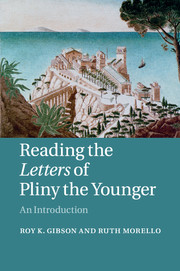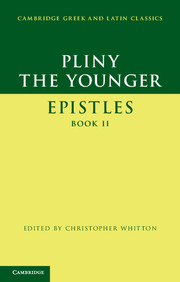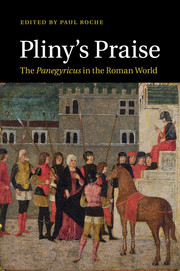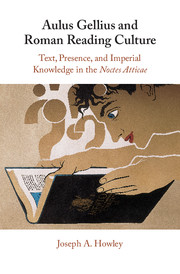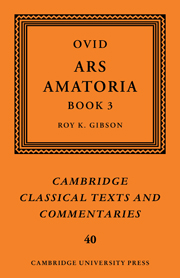Reading the Letters of Pliny the Younger
This is the first general introduction to Pliny's Letters published in any language, combining close readings with broader context and adopting a fresh and innovative approach to reading the letters as an artistically structured collection. Chapter 1 traces Pliny's autobiographical narrative throughout the Letters; Chapter 2 undertakes detailed study of Book 6 as an artistic entity; while Chapter 3 sets Pliny's letters within a Roman epistolographical tradition dominated by Cicero and Seneca. Chapters 4-7 study thematic letter cycles within the collection, including those on Pliny's famous country villas and his relationships with Pliny the Elder and Tacitus. The final chapter focuses on the 'grand design' which unifies and structures the collection. Four detailed appendices give invaluable historical and scholarly context, including a helpful timeline for Pliny's life and career, detailed bibliographical help on over 30 popular topics in Pliny's letters and a summary of the main characters mentioned in the Letters.
- Introduces the basic mechanics and contexts of the Letters and focuses on literary qualities and design of whole books
- Studies notable features, themes and individual letters within the collection
- Includes detailed appendices on Pliny's life and times, the addressees and subject of every letter in Books 1-9, detailed bibliographical help on over thirty popular topics in Pliny's letters, and information on the identity of the main characters mentioned in or addressed by the Letters
Reviews & endorsements
"Gibson and Morello’s volume offers a welcome contribution to recent scholarship on the letters of Pliny the Younger ... [provides] a fresh perspective on Pliny the Younger’s letters … The textual analyses will appeal to many and the highly accessible appendices are broadly useful … The greatest contribution of this volume may be the authors’ insistence that (re)reading Pliny’s letters both linearly and selectively will proffer the greatest appreciation for Pliny’s conscientious attention to the organization and thematic development of his epistolary collection. Moreover, Gibson and Morello’s reading strategies will significantly benefit readers embarking anew on (re)reading the letters."
Noelle Zeiner-Carmichael, The Journal of Roman Studies
Product details
January 2016Paperback
9780521603799
364 pages
228 × 153 × 20 mm
0.53kg
1 map 41 tables
Available
Table of Contents
- Introduction
- 1. Reading a life: Letters, Book 1
- 2. Reading a book: Letters, Book 6
- 3. Epistolary models: Cicero and Seneca
- 4. Pliny's elders and betters: the Elder Pliny, Vestricius Spurinna, Corellius Rufus, Verginius Rufus
- 5. Pliny's peers: reading for the addressee
- 6. Otium: how to manage leisure
- 7. Reading the Villa Letters:
- 9.7, 2.17, 5.6
- 8. The grand design: how to read a collection
- Appendix 1. A Pliny timeline, and the great Comum inscription
- Appendix 2. Letters 1-9: catalogue of contents and addressees
- Appendix 3. Popular topics in the Letters: bibliographical help
- Appendix 4. Index of main characters in the Letters.

